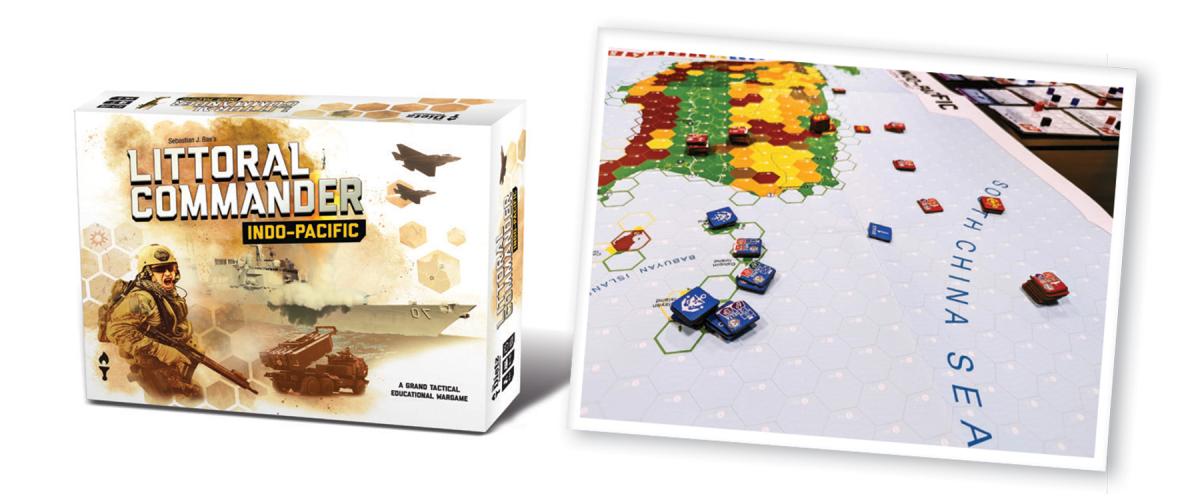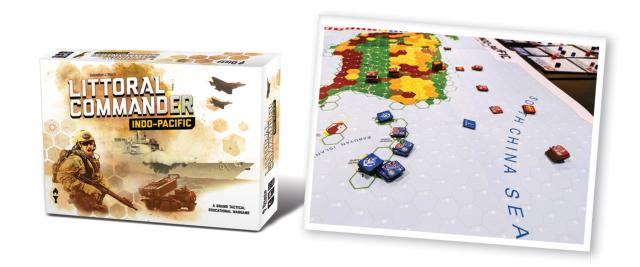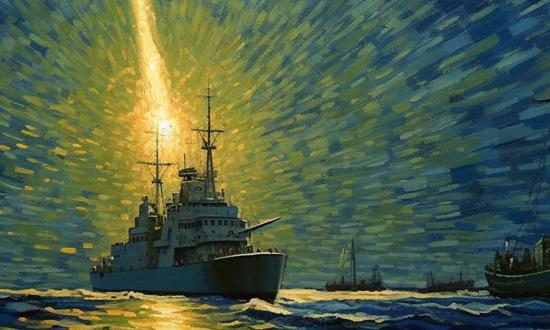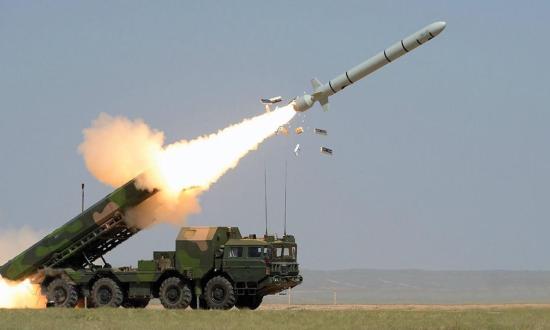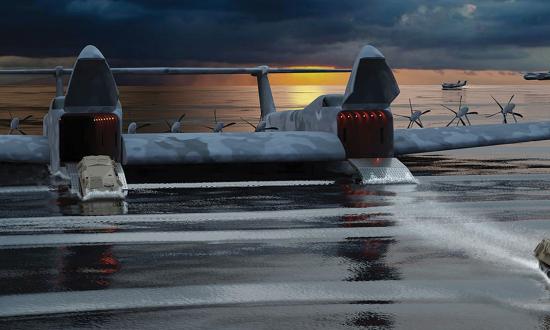Game Reviewed by Master Sergeant Joseph “Jay” Arnold, Illinois Army National Guard
On the surface, Littoral Commander: Indo-Pacific is a hex-and-counter wargame attempting to forecast future armed conflicts, but it quickly becomes apparent it is much more. It sets itself apart from similar games within the ultramodern wargame segment by being designed from the ground up as a tool for professional military education.
Littoral Commander’s lead designer is a former Marine infantry noncommissioned officer, Sebastian Bae. He developed the game with junior Marine leaders in mind, with simple, intuitive gameplay that makes it easily accessible to wargaming novices. Do not mistake “simple” for simplistic, however. It captures elements of the six joint functions described in Joint Publication 3-0, Joint Operations: command and control (C2), intelligence, fires, movement and maneuver, protection, and sustainment. The game achieves this through a variety of mechanisms and trackers that are easy to learn but difficult to master.
Players control two or more Chinese or American combined-arms task forces, alternating turns. When a task force activates, it performs up to three actions, such as move, conduct reconnaissance, initiate combat, or activate other capabilities, to name a few. Rolling one or more 20-sided dice determines the results of many actions, which in turn require the expenditure of finite resources. The relative strength and supply levels of units are elegantly handled with the use of colored cubes on unit cards.
Just as in real life, manifold game decisions must be made with hardly enough time and material resources to do everything a player wants—let alone needs—to achieve. This is common enough in many wargames, but Littoral Commander truly shines in how it handles multidomain activities beyond fire and maneuver.
The introductory scenario is primarily a tutorial, demonstrating the nuts and bolts of play. From the start, players learn how to maneuver and attack with long-range and close-in fires. Sustainment comes to the fore across offensive, defensive, and protection activities. Intelligence, surveillance, and reconnaissance assets help the players develop their own operational pictures and better provide C2 of arrayed forces.
Bae’s biggest achievement is finding ways to integrate the six joint functions across air, maritime, land, space, and cyber units without bogging down play. The game helps players draw their own connections while employing conventional and special operations capabilities to achieve each scenario’s objectives. Later scenarios also integrate psychological and information operations to push and pull international influence in favor of the United States or China. Player actions can lead to added bonuses for the side with greater influence.
The rulebook reminds us that “[the Influence Meter] is intended to demonstrate, however crudely, the consequences of fighting and reflect that the hexes are not empty space. The maps are the sovereign territory of nations and, more basically, home to thousands of innocent civilians.”
Littoral Commander is considerably more cerebral than the typical Risk or Axis and Allies games found in wardrooms and command posts across the services. Setting the game in a time frame apt to capture current service members’ attention gives it greater gravitas. Furthermore, placing players in command of a Marine expeditionary unit or air-ground task force allows for a serious approach to the play itself. It is one thing to move a green plastic miniature of a generic ship across a map. It is quite another to move a marker with a real registration/unit number into harm’s way.
Anyone wishing to explore the problem sets future unit leaders might face with the integration of new technologies will find much of value in Littoral Commander. I also emphatically recommend the game to leaders who want to begin using games as part of their units’ professional development programs.



